Seafood consumption characteristics, marketing and trade flow, price structure
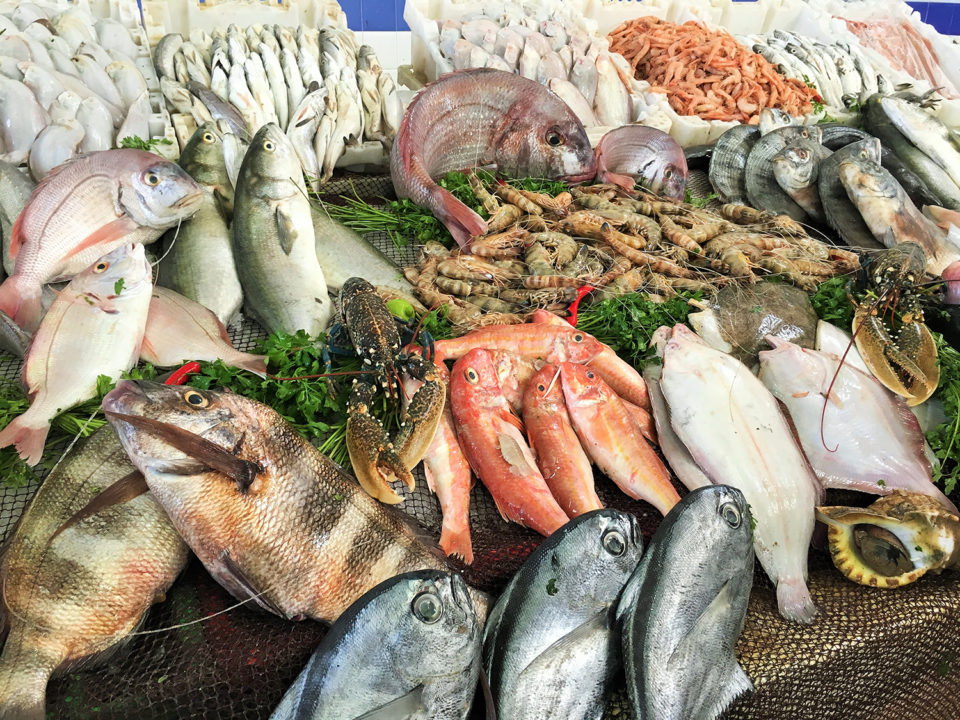
Seafood consumption in the region as a whole has some distinct, common characteristics. These include:
- Fish consumption is highest in the coastal countries where fish is comparatively abundant and the population is low. In these areas, seafood is an important part of the national diet.
- Unsurprisingly, countries that produce little seafood also have low seafood consumption. Limited local production is compounded by the lack of foreign exchange or personal wealth to import seafood. Furthermore, poor communications deny those living in remote areas access to fish, though coastal zones in several Arab states can have localized, high consumption levels.
- Over the past several decades, seafood consumption has changed in countries that have a substantial foreign labor population, notably the oil producing countries. This additional demand has resulted in increased imports of non-traditional species and products. Alongside this, there has been innovation in product forms, presentation and packaging.
Generally speaking, fish consumption in the Arab region is driven by economic conditions and the efficiency of local marketing, distribution and transport systems. To a lesser extent, tribal, traditional and social attitudes affect the market. Thus, seafood consumption presents a complex pattern, differing significantly between countries and between different regions in the same country. This is mostly evident in fish consumption patterns in the Gulf Cooperation Council states and those of other countries in the region.

Marketing and trade flow
Seafood marketing and the flow of the various commodities are characterized by the following procedures:
Fish distribution channels
In most countries in the region, there are two principal ways in which seafood moves from producer to consumer. These distribution channels are direct distribution from the producer to consumer – mostly in areas where production occurs close to consumption; and indirect distribution channels where there are one or more middlemen between producer and consumer. The latter is the most prevalent channel in the Arab region. In this case, most seafood is auctioned either at the farm or in the major wholesale market where wholesalers and retail traders alike bid in the auction.
Distribution & transport
Fish is moved from site of production to fish marketing center in various ways. For locally produced fish, typically 20 to 25 kg plastic fish boxes are used, though in Egypt the old-fashioned wooden boxes are still in use, especially for the wild catch. Boxes are usually transported under cover on trucks after crushed ice has been added. However, this traditional system is being replaced by refrigerated or insulated trucks in most countries, especially for transporting fish to residential areas and to retail in the main cities. Imported fish (or for export) is transported by refrigerated trucks from or to seaport or airport (depending whether it is frozen or fresh/chilled). Most of the major ports and airports in the region have refrigerated cold or chill stores to cater for the shipment of chilled or frozen products.
Regional and international transport
Intra-regional trade in frozen seafood within the Arab region seems to be limited – this appears to be very much the domain of those (i) exporting high value items to OECD markets, or (ii) importers buying-in seafood ranging from cheap bulk fish to high value products from global sources. Thus, Arab region cross-border activity in this area generates little interest amongst freight companies, which neither know the business nor are keen to take on the risk of carrying highly perishable frozen products.
Fish inspection and quality control
Local agencies carry out fish inspections and take responsibility for insuring that fish offered for sale is of good quality and fully fit for human consumption. They are also responsible for insuring compliance with the hygiene rules and regulations that cover the various steps of fish production, processing, handling, and distribution for either locally produced or imported seafood. Generally speaking, these agencies come under the ministries responsible for fisheries, food supply, health or environment (depending upon the country in question), but the municipalities are responsible for running and supervising the seafood markets.
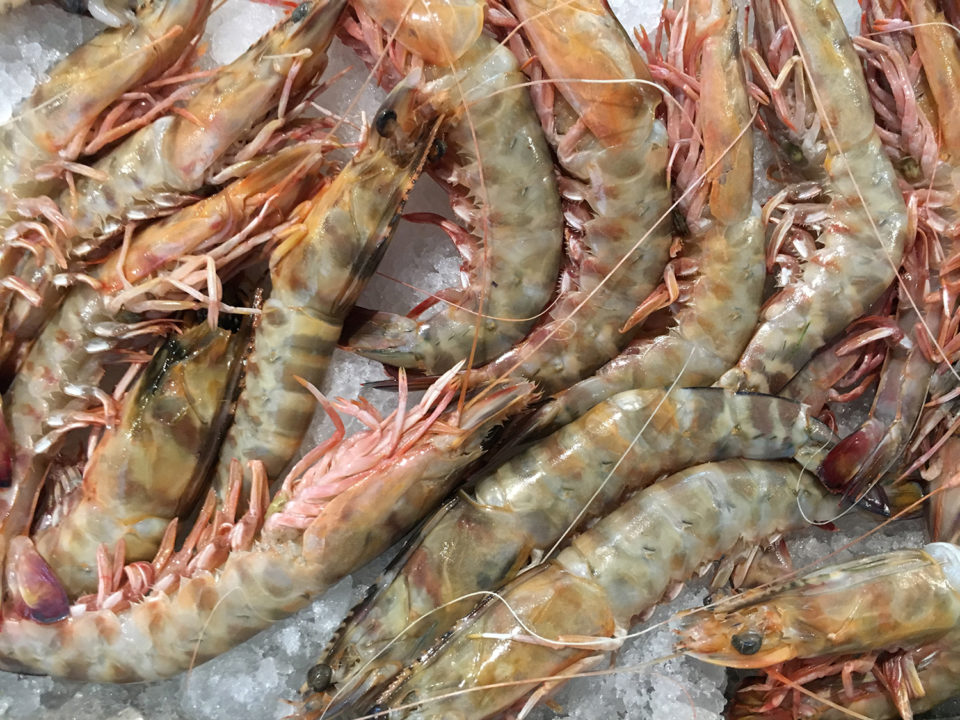
With growing concern about food safety, increasing efforts have been made to improve the quality of aquaculture products. International codes and standards covering aquaculture products, and the introduction of mandatory Hazard Analysis Critical Control Points (HACCP) for products exported to major markets has led to significant improvements in production processes and product quality by Arab exporters. Some countries have developed comprehensive HACCP plans for selected aquaculture products. In other countries, individual aquaculture producers undertake voluntary certification (ISO 9000 standards) for control as well as marketing purposes.
Labeling
New requirements regarding consumer information and protection this are expressed though labeling and traceability requirements are now being implemented in Arab states – especially those exporting seafood. The EU introduced new legislation on traceability of foodstuffs in January 2002, allowing marketing of fishery products only if labels include key details: i.e. specifying whether the product is farmed or wild, and country of origin must be given. This too is impacting the Arab region.
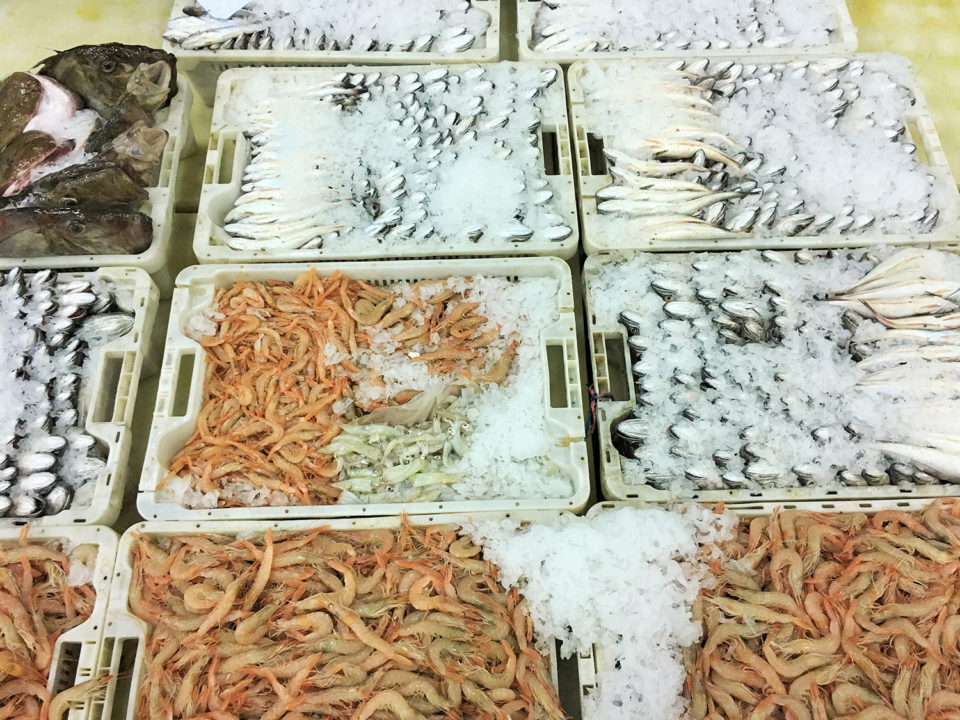
Price structure for priority species
Most Arab states now either have liberalized their markets or are in the process of doing so. Accordingly, seafood prices are now subject to market demand and supply conditions rather than being state controlled. Consequently, prices vary considerably – even over the course of one day – and this is especially true for fresh, prime species. Chief amongst the factors governing this are the following:
- Quantities offered for sale, including the impact of imports
- Season (winter, summer, holidays);
- Tradition and customs;
- Availability and prices of alternatives (meat, poultry);
- Sizes of fish on offer; and
- Time of sale (morning, evening);
Whilst Egypt will continue to be a major market for imported fish, it will be the cheaper species that will dominate demand in the country. At the same time, expanding domestic aquaculture production will reflect a national effort to reduce imports. There is some demand for high value species in Egypt, and prices for these are likely to keep rising, especially whilst there is competing export prospects in the EU and neighboring countries like Lebanon. The expanding tourism industry can only add to this pressure on prime species prices. Therefore, it is likely that – while Egypt will continue to be a major importer of low-cost fish – imports of prime species will increase, as will their prices. Other Arab states are also expected to increase imports of high value seafood, but the quantities are likely to be lower than those anticipated for Egypt. Prices though will probably be higher – not least because of the low exchange rate for the Egyptian Pound with most other currencies in the region. Moreover, most other currencies are convertible and payments for imports meet with no monetary restrictions.

Other Arab region markets that are likely to increase imports of prime seafood at prices high enough to warrant interest from fish or shrimp farmers include the Lebanon, where tourism is expanding with commensurate demand for high-value species. Saudi Arabia and, in the longer term, Iraq are also potential prospects. The region is obviously diverse and its markets for seafood differ in many ways, but some general points can be made:
- Overall, fish prices are rising in the Arab region, reflecting rising costs of production (farmed or wild) and of marketing.
- The average mark-up between wholesale and retail for fresh seafood ranges from 25 to 30 percent.
- The average mark-ups for imported frozen species are lower than those for locally produced fresh or chilled species.
- First sale mark-ups are relatively high at 50 percent, but these mostly larger markets demand more of traders in terms of transport distance, risk, etc.
- Price control in most Arab states has been abandoned in favor of the free market, with regulation now confined to quality and hygiene issues – mostly at retail level i.e. supply and demand determine price.
- However, increasing regulation of quality standards by importing countries is increasing costs of exporting farmed seafood.
- The Arab seafood consumer, regardless of level of income, generally tends to opt for better quality fish even though prices are higher.
- Consumer preferences tend to favor wild fresh or chilled fish, though in fact very few consumers are able to differentiate between wild or farmed fish.
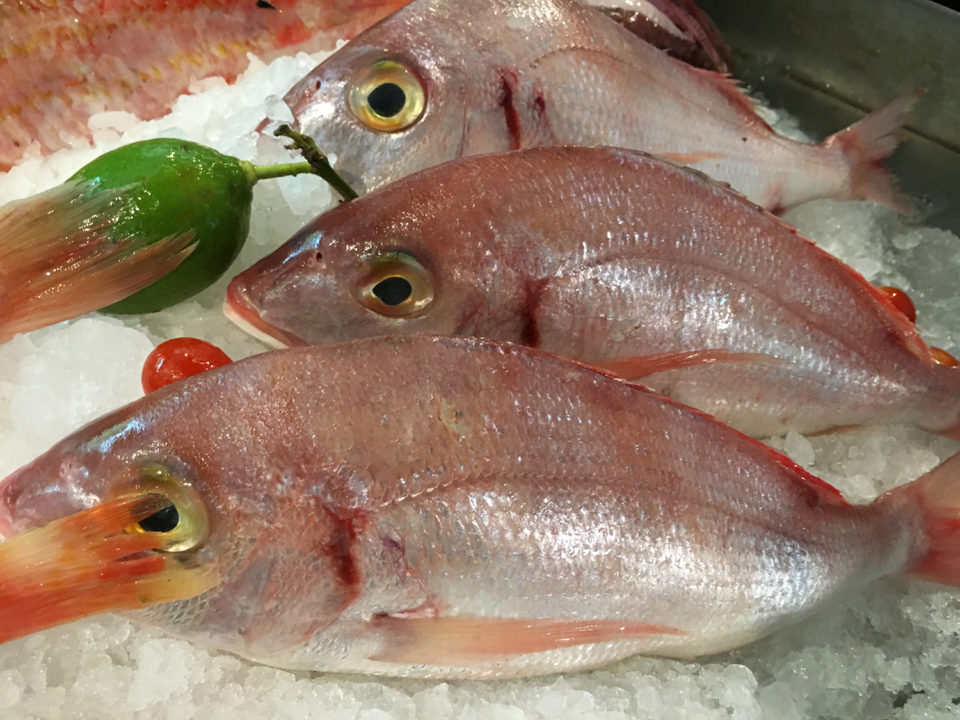
Perspectives
The following points describe the seafood trading situation in the Arab region for some years to come unless major capture fisheries resources are discovered within the fishing grounds, marine and inland, accessible to the Arab fishing fleets, or a major breakthrough happens in home-grown aquaculture that may significantly reduce imports to satisfy the growing local demand for fish and fishery products.
- The Arab region is expected to continue to be a net importer of fish and fishery products, mostly of large quantities of low value small pelagic species to supplement domestic landings. Egypt will continue to be the major importer in the region.
- Morocco will continue to be the major exporter, especially of canned products.
- Seafood trade in the Arab region shows a clear pattern of substantial low-cost imports and much smaller, but higher value exports (on average at over twice the price).
- There are two market categories – the oil-rich/low-population countries including foreign labor force pay on average twice as much per kilogram as the highly populated non-oil producing countries.
- The former probably represent the best market opportunities for aquaculture, though all countries have upper tier market segments able to afford expensive seafood.
- All things considered, the more promising markets from local landings and imports include Egypt (just on the basis of volume), the Arabian Gulf States, and Jordan and Lebanon where imports are significant. Marine species are more popular and prices are in the higher range.
References available from the author.
Now that you've reached the end of the article ...
… please consider supporting GSA’s mission to advance responsible seafood practices through education, advocacy and third-party assurances. The Advocate aims to document the evolution of responsible seafood practices and share the expansive knowledge of our vast network of contributors.
By becoming a Global Seafood Alliance member, you’re ensuring that all of the pre-competitive work we do through member benefits, resources and events can continue. Individual membership costs just $50 a year.
Not a GSA member? Join us.
Author
-
Izzat H. Feidi
Fisheries Development Consultant
Egypt[116,101,110,46,116,117,111,121,97,119,101,104,116,64,105,100,105,101,102,105]
Tagged With
Related Posts
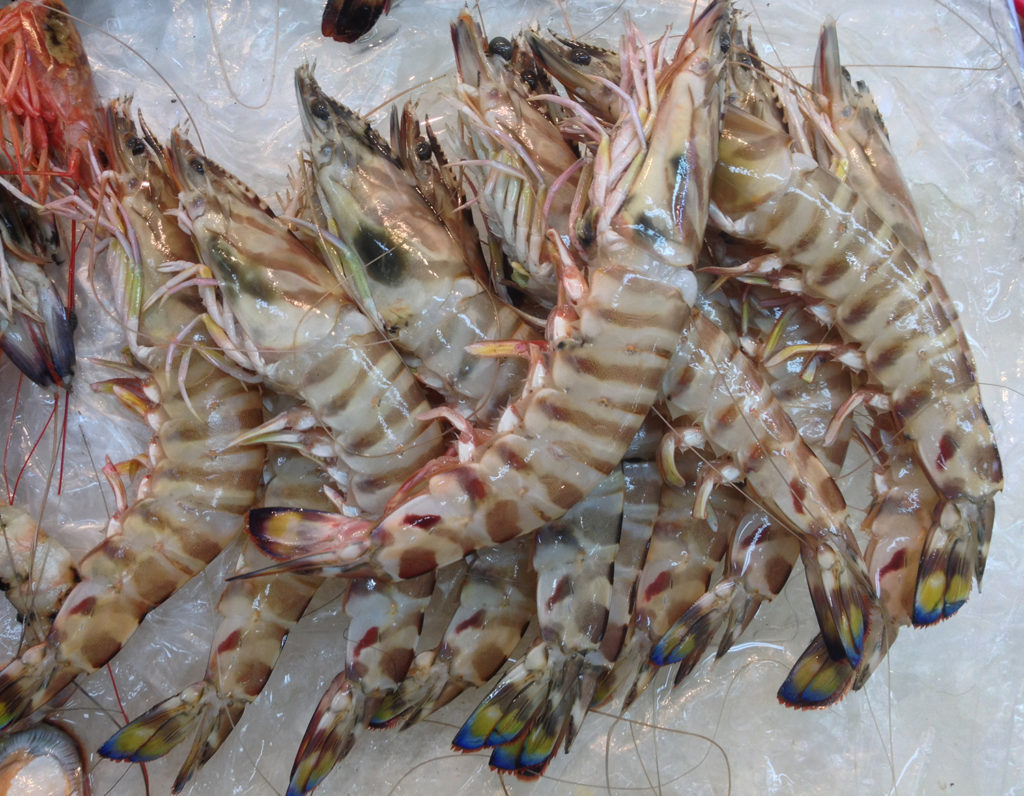
Intelligence
Aquaculture key to increasing seafood supplies to Arab states
Arab States have substantial natural resources to increase aquaculture production. Several types of systems are readily adaptable and can be implemented relatively quickly.
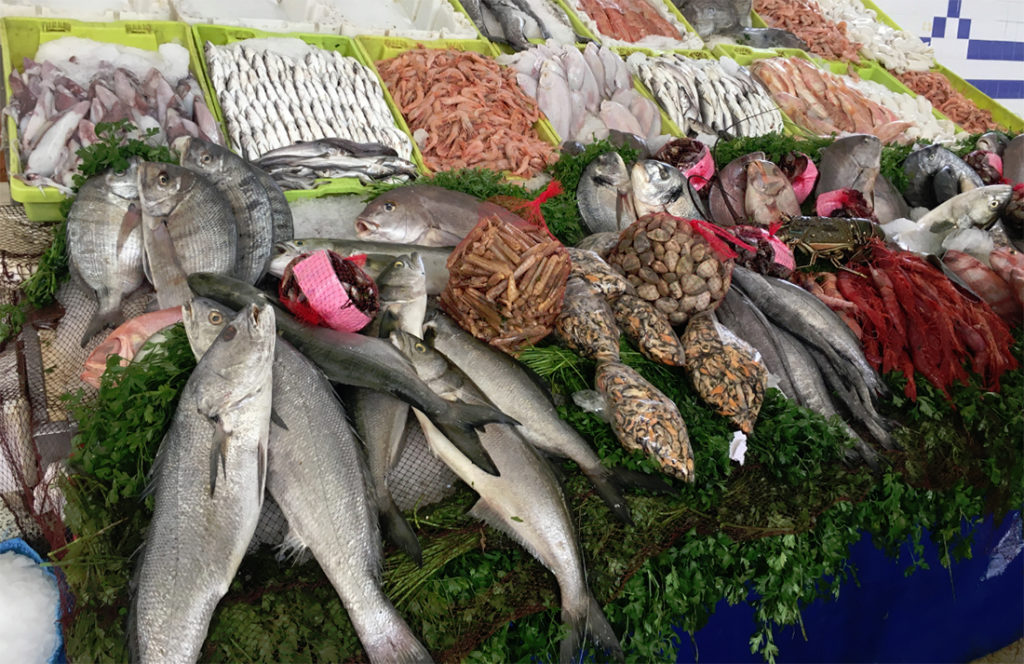
Intelligence
The Arab region seafood marketplace, part 1
All 22 Arab countries are producers, importers, exporters and consumers of seafood products. The total seafood production from capture and aquaculture was 4.7 million metric tons in 2016, of which 1.5 million metric tons (36 percent) was from aquaculture.
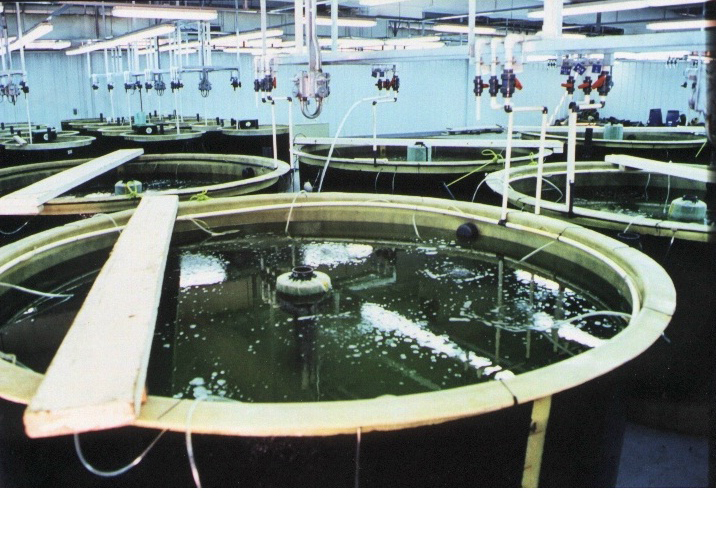
Health & Welfare
Larval rearing of sea bass in desert-saline Middle East
European sea bass have been raised in the favorable climate of the Middle East since 2000. For effective larval rearing of sea bass, the authors recommend the use of temperature-controlled water with about 35 ppt salinity and good aeration in tanks.
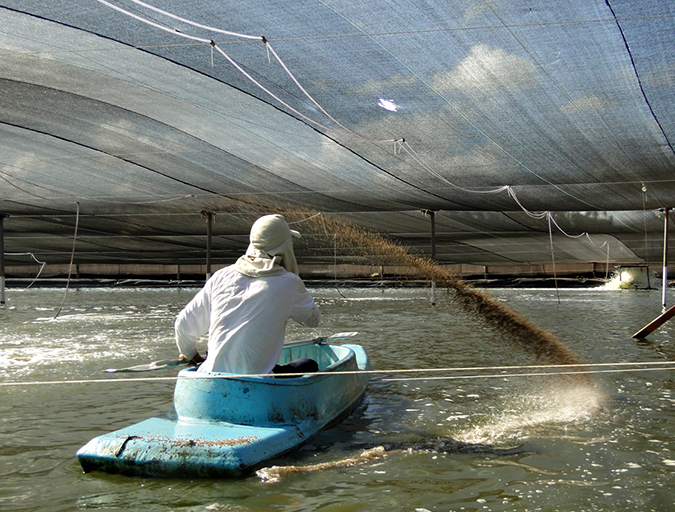
Innovation & Investment
High-density shrimp producer wins innovation award
Camanor Produtos Marinhos Ltda. operates a land-based, multi-species concept for sustainable shrimp production called AquaScience. The Global Aquaculture Alliance has named Camanor the winner of its annual Aquaculture Innovation and Leadership award. Director Werner Jost discusses the process.


